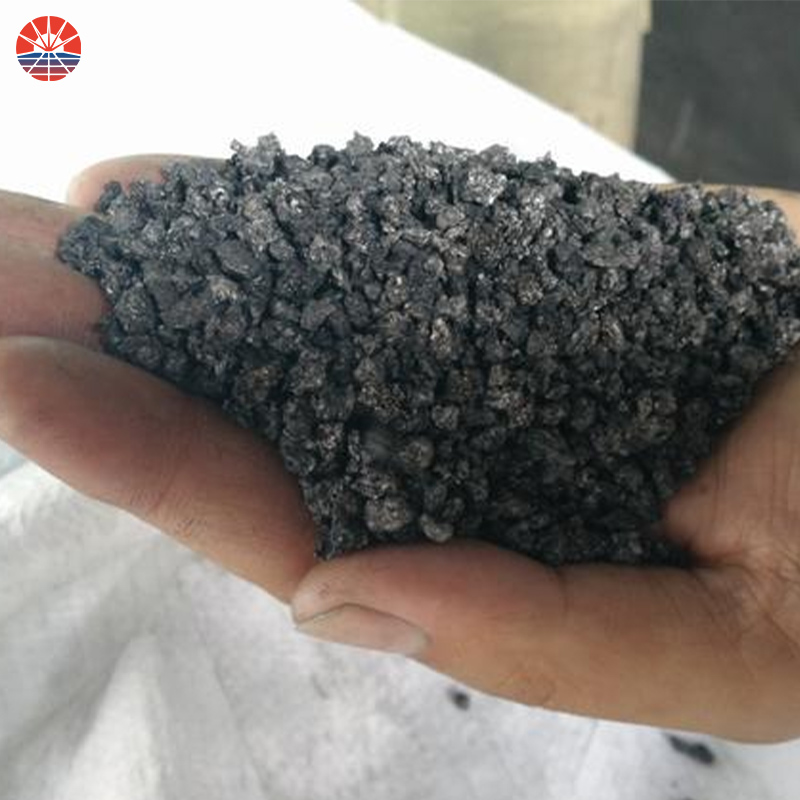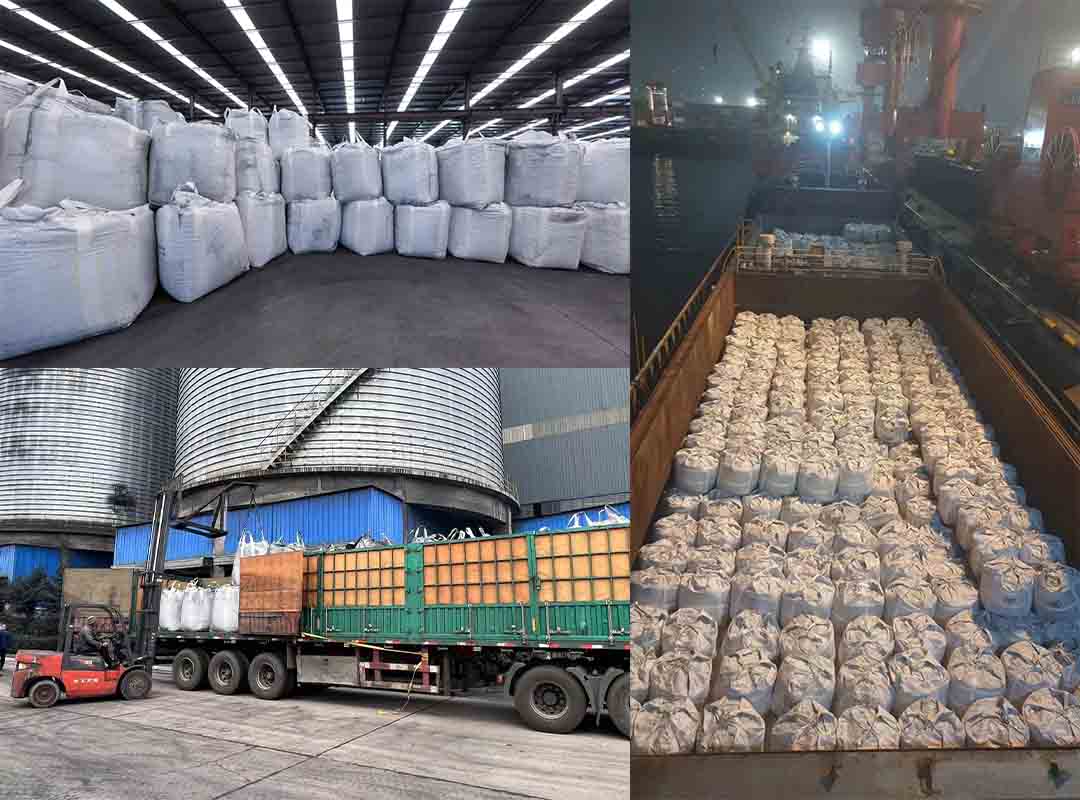Benefits Of Using Graphitized Petroleum Coke In Pre-baked Anodes
Using graphitized petroleum coke (GPC) in pre-baked anodes for the aluminum industry offers several benefits. Here are some key advantages:
High Carbon Content: GPC typically has a high carbon content, often exceeding 98%. This high carbon content ensures anodes provide a sufficient carbon supply during the electrolytic process. It promotes efficient reduction of alumina (Al2O3) to aluminum (Al) and helps maintain the desired carbon-to-alumina ratio for optimal electrolysis.
Excellent Electrical Conductivity: GPC possesses excellent electrical conductivity due to its highly ordered and graphitic structure. This property is crucial for anodes as they need to conduct electricity effectively in the electrolytic cell. The high electrical conductivity of GPC allows for efficient electron transfer, ensuring proper functioning of the electrolysis process and promoting high current efficiency.
Thermal Stability: Pre-baked anodes are exposed to extreme temperatures and chemical environments during aluminum production. GPC's high thermal stability allows anodes to withstand these conditions without significant degradation. It helps maintain the structural integrity of the anodes, minimizing the risk of breakage or disintegration during operation.
Low Impurity Content: GPC is processed to have low impurity levels, including sulfur, metals, and volatile matter. Low impurity content is important in anodes as impurities can lead to undesirable reactions, anode deterioration, and contamination of the aluminum. GPC with low impurity content helps ensure the production of high-quality aluminum with improved purity and performance.
Increased Anode Lifetime: The use of GPC in pre-baked anodes can contribute to an extended anode lifetime. The high carbon content and graphitic structure of GPC provide anodes with enhanced resistance to thermal and chemical degradation. This prolongs the anode's lifespan, reducing the need for frequent replacement and improving cost-effectiveness.
Improved Energy Efficiency: GPC's high carbon content and electrical conductivity contribute to improved energy efficiency in aluminum production. Anodes made with GPC facilitate the flow of electrical current during electrolysis, reducing energy losses and improving overall process efficiency. This can lead to energy savings and cost reduction in aluminum smelting operations.
Consistency and Quality Control: GPC production involves strict quality control measures, ensuring consistent carbon content, physical properties, and impurity levels. This consistency enables manufacturers to produce anodes with predictable and reliable performance. It helps maintain stable process conditions and contributes to consistent aluminum quality.
Overall, the benefits of using graphitized petroleum coke in pre-baked anodes include high carbon content, excellent electrical conductivity, thermal stability, low impurity levels, increased anode lifetime, improved energy efficiency, and consistent quality control. These advantages contribute to efficient and sustainable aluminum production in the Hall-Héroult process.
Graphitized petroleum coke Role in prebaked anode
Graphitized petroleum coke plays a crucial role in the production of prebaked carbon anodes used in aluminum smelting. Prebaked anodes are a key component of the electrolytic cell in the Hall-Héroult process, which is the primary method for producing aluminum.
Here's how graphitized petroleum coke is used in the prebaked anode production process:
Anode Recipe: The production of prebaked anodes involves blending various carbonaceous materials to create an anode recipe. Graphitized petroleum coke is one of the main components used in this recipe. It is typically combined with other carbon sources such as calcined petroleum coke, coal tar pitch, and recycled anode butts.
Mixing and Forming: The anode recipe, including the graphitized petroleum coke, is mixed thoroughly with the other ingredients to ensure uniformity. The mixture is then formed into anode blocks using a process called compaction. Compaction involves pressing the mixture under high pressure in hydraulic presses or extruders to form dense and cohesive anode blocks.
Baking: The formed anode blocks undergo a baking process to convert them into prebaked anodes. Baking is done in specialized baking furnaces or kilns under controlled conditions of temperature and atmosphere. During the baking process, volatile materials are driven off, and the remaining carbonaceous materials undergo further thermal treatment. This process improves the mechanical strength, electrical conductivity, and chemical stability of the anodes.
Graphitization: After the baking process, the anodes undergo a graphitization treatment to enhance their performance. Graphitization involves heating the anodes at high temperatures (above 2500 degrees Celsius) in a graphite furnace. This process transforms the carbon structure of the anodes, including the graphitized petroleum coke, into a more ordered and crystalline graphite structure. Graphitization improves the electrical conductivity, thermal conductivity, and resistance to oxidation of the anodes.
Quality Control: Throughout the production process, strict quality control measures are implemented to ensure the anodes meet the required specifications. This includes monitoring the carbon content, physical properties, and impurity levels of the graphitized petroleum coke and other ingredients used in the anode recipe.
Graphitized petroleum coke, with its high carbon content, low ash and sulfur content, and excellent electrical conductivity, contributes to the overall performance and durability of prebaked anodes. It provides a stable carbon source, promotes uniform current distribution, and helps to optimize the efficiency of the aluminum smelting process.












